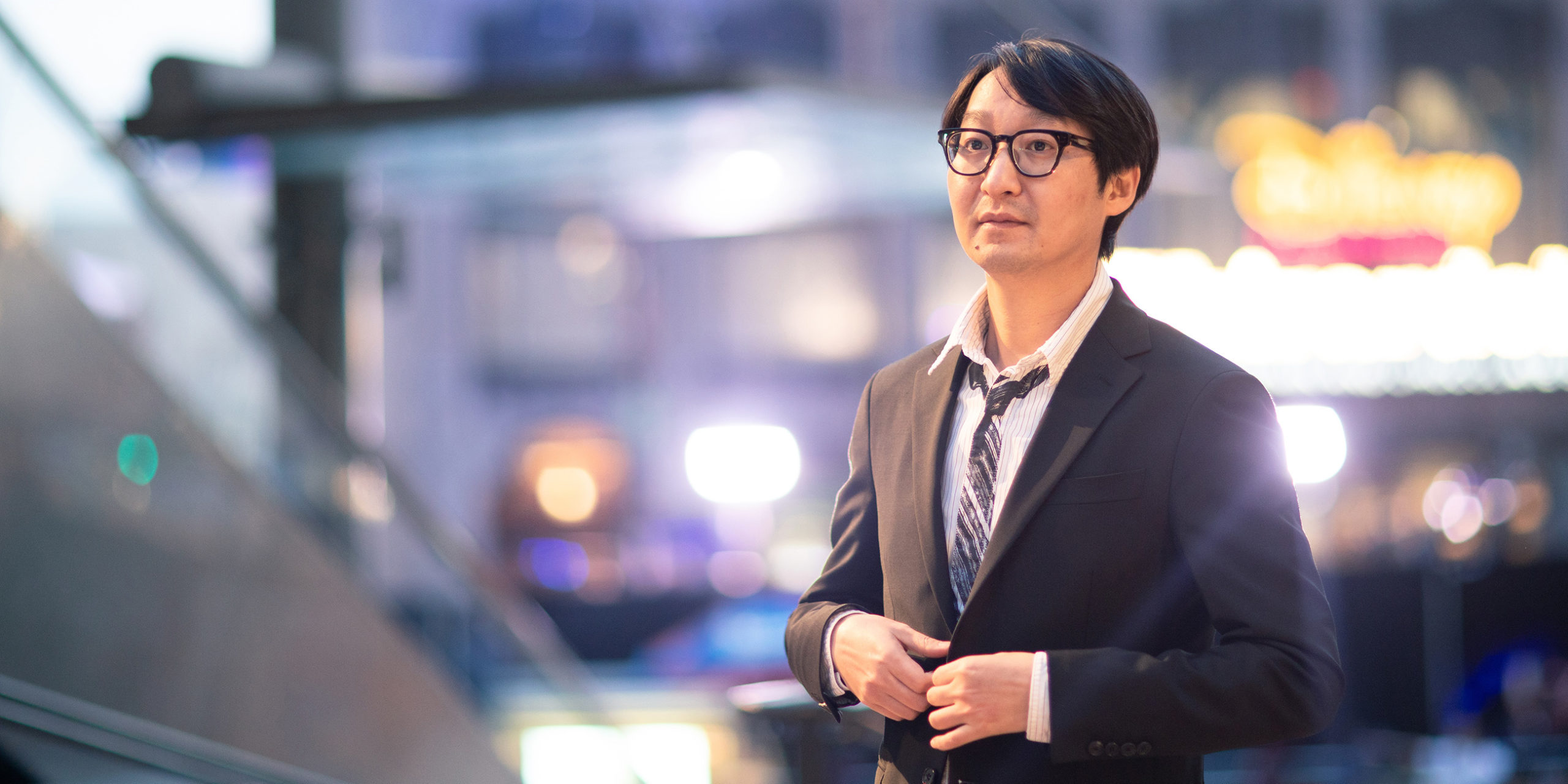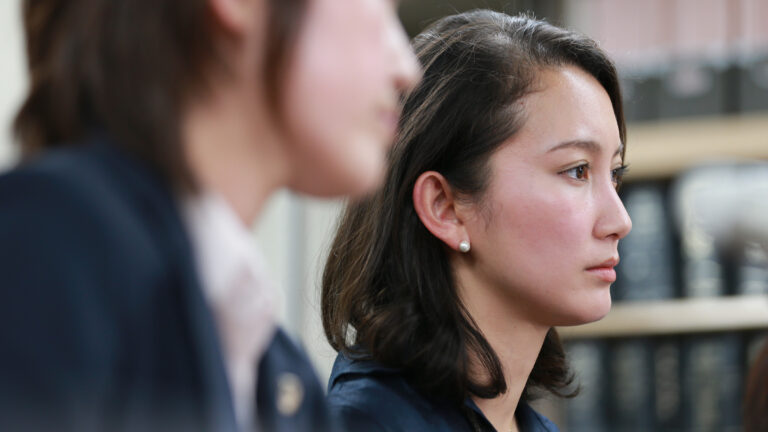Parasite has already made history as the first South Korean film to be awarded the Palme d’Or at Cannes and to be nominated for Oscars in six categories, including both the Best Picture and Best International Film categories.
And director Bong Joon Ho’s longtime editor, Jinmo Yang, is likewise poised to make history as the first South Korean editor to win Best Editing at the Oscars. With the ACE Eddie for Best Edited Dramatic Feature already in tow, he’s considered a front runner for the Oscars—in 11 of the last 15 years, the winner of the best edited dramatic feature category went on to win the Oscar for film editing.

Although the road from South Korea to the Hollywood Walk of Fame has been relatively short for Jinmo, in light of the quantity and quality of South Korean films, the road to Oscar recognition has been quite a bit longer.
So maybe it’s time we in the American film industry take a closer look at some of the films and filmmakers taking big strides on the international film circuit without letting, as Bong noted in his Golden Globe acceptance speech, “the one-inch tall barrier of subtitles” get in the way.

A brief history of Korean cinema
Bong isn’t exactly a newcomer as a director. His breakout film, Memories of Murder (2003) was both a commercial and critical success in Korea and abroad, and The Host (2006), which earned a place in the Cannes Directors’ Fortnight, went on to be a bona fide hit, setting box office records in South Korea. From Mother (2010) to Snowpiercer (2013) to Okja (2017), Bong’s films continued to garner praise and box office success internationally.
Bong is only one of several highly regarded Korean auteurs of that generation. Park Chan Wook is another who is revered by American audiences and directors alike—none other than last year’s Oscar-nominated director, Spike Lee, remade his classic, Oldboy (2013).
Park has earned dozens of awards, from the BAFTA for Best Film Not in the English Language for Ah-ga-ssi to the Jury Prize at Cannes for both Bakjwi and Oldboy.
As Jinmo has noted in our previous article about Parasite, the Korean film community is a tightly knit and mutually supportive group, its members working together on one another’s projects in varying capacities and roles.
Park served as producer on Snowpiercer and is one of the executive producers (along with Bong) for the television series spinoff, currently in production. Jinmo has previously worked with Park on the documentary Bitter Sweet Seoul and with Kim Jee Woon (another of Bong’s and Park’s friends and contemporaries) on The Age of Shadows.
Depending on which statistics you look at, the Korean film industry ranks somewhere between the fifth- and seventh-largest in the world, running neck-in-neck with Japan and France. So why has it taken so long for Korean films to earn their place among the films of other nationalities that have been so widely recognized by the Academy?
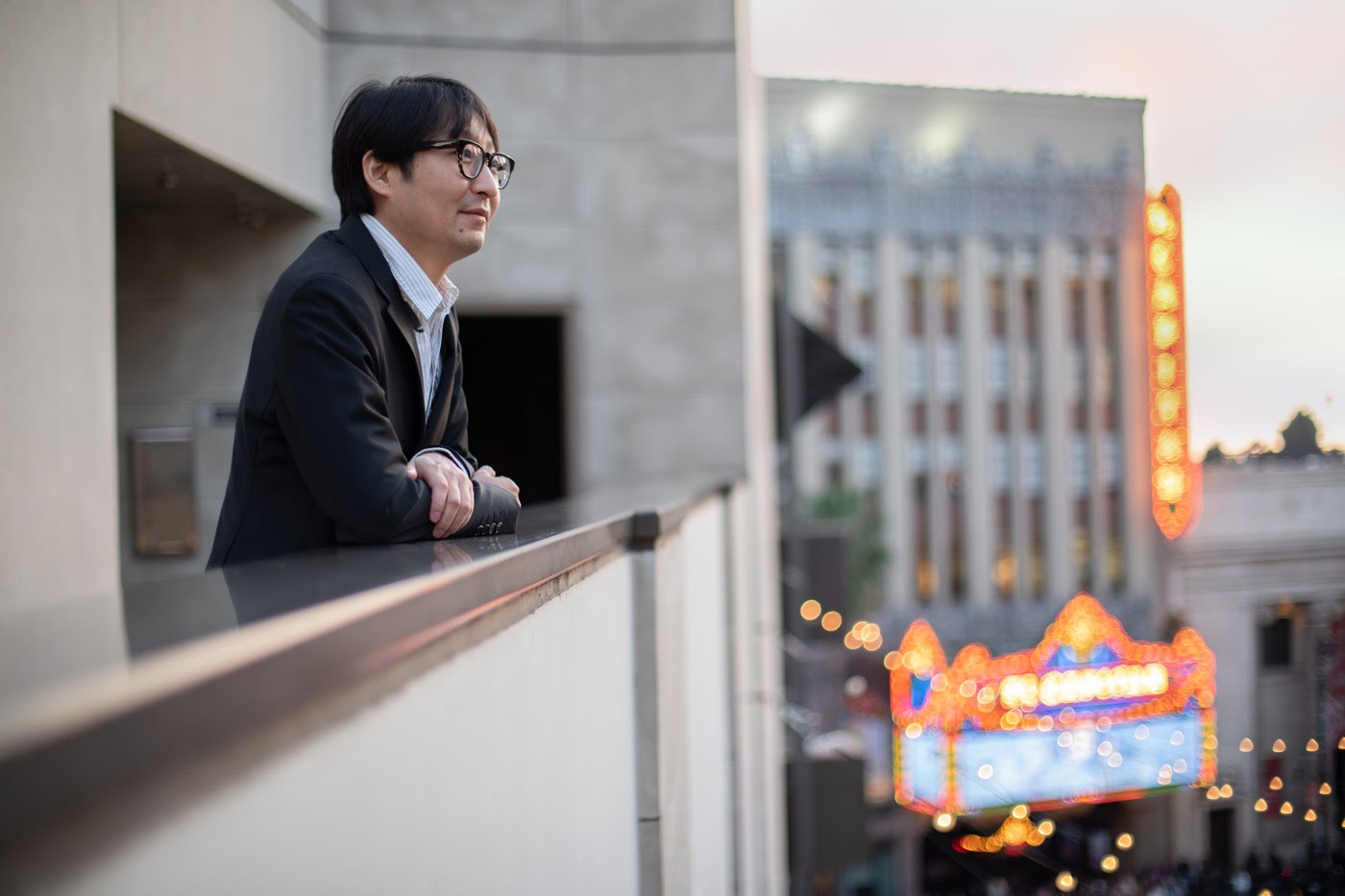
The film school factor
When we talk about the American film industry, the top-tier film schools are always a big part of the conversation. USC, UCLA, NYU, AFI, Columbia, and CalArts have been responsible for educating some of the most notable directors of the American New Wave of the 1960s-1980s, including Steven Spielberg, George Lucas, Francis Ford Coppola, Martin Scorsese, Tim Burton, and Spike Lee.
Bong, along with many of his generation’s Korean New Wave directors, attended the Korean Academy of Film Arts (KAFA), rated among the top film schools in the world, with an international student body. The fact that so many of South Korea’s most successful directors have emerged from KAFA has actually legitimized filmmaking as a profession.
“It used to be that people didn’t want their kids to go to arts schools,” Jinmo says. “They wanted their kids to be doctors or lawyers. But as the Korean film industry has become so successful—in large part because of the quality of the film schools—going into the arts has become much more accepted.”
Jinmo attended Bard College in New York, after his parents moved to the U.S. when he was a junior in high school. Unlike the “big” film schools, Bard’s program was geared more toward students creating “art” films and learning how to do everything from directing to editing to music. It’s how Jinmo discovered his love of editing and facility with VFX, creating a niche for himself that allowed him to stand out from other aspiring editors.

Originally intending to become a director, his strategy for performing on-set editing services was to spend as much time as possible learning by watching other directors in action. Ten years went by, and Jinmo discovered that he was definitely an editor.

The director-editor relationship
When it comes to shaping the final cut of a film, perhaps no relationship is more important than that of the director and the editor. Jinmo began working with Bong on Snowpiercer, where he served as both the on-set and VFX editor.
Watching Bong work and giving him the ability to previsualize composites during the shoot helped Jinmo learn Bong’s artistic sensibilities and ways of working, and was key to creating the foundation for their ongoing collaboration.
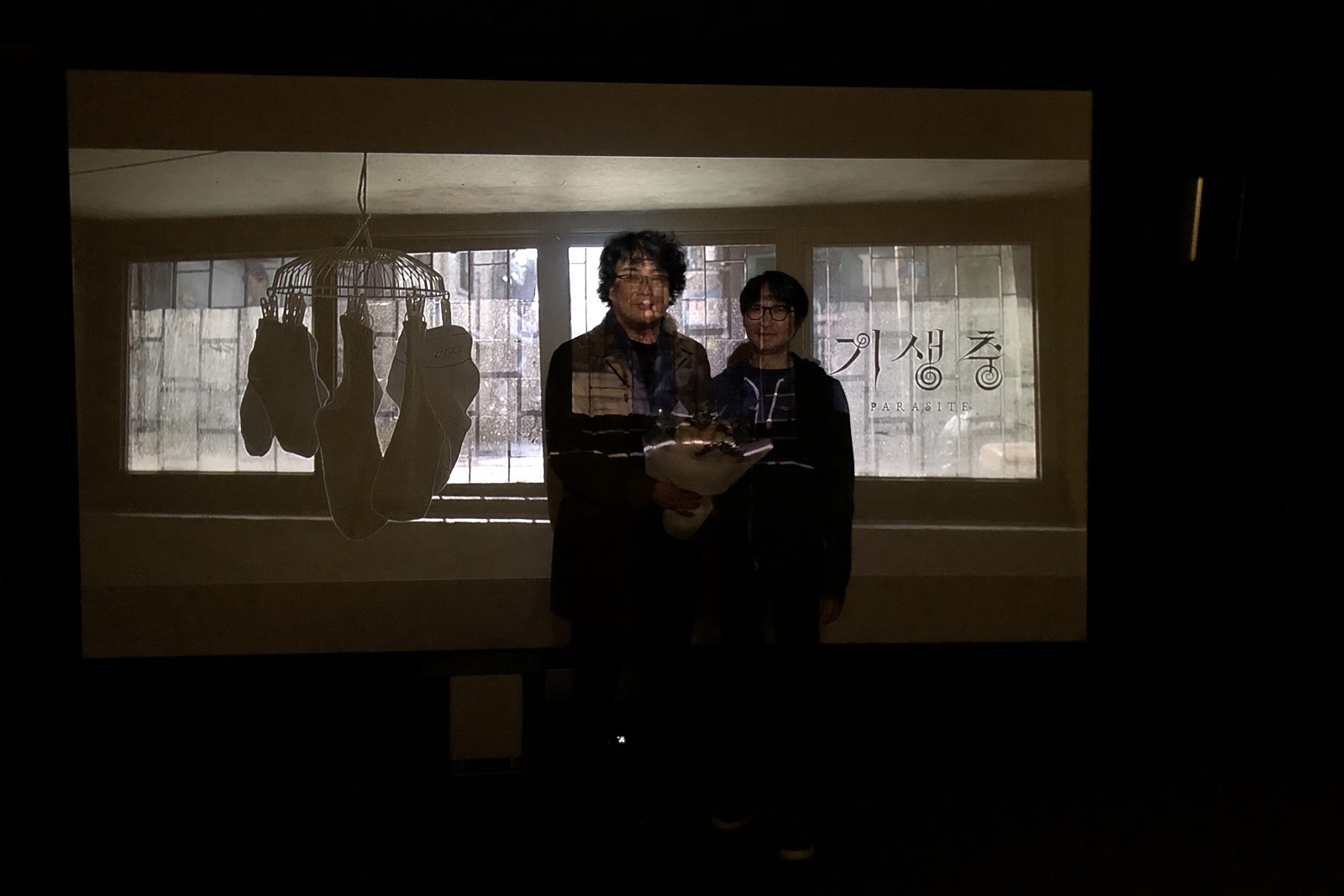
As everyone who has covered Parasite has noted, Bong creates detailed storyboards and follows them precisely, shooting without coverage. “He has a very clear idea in his mind about how the film will go together,” Jinmo says. “It’s as if he’s already edited the movie in his head.”
Because Bong already has such a clear idea of how all the pieces go together and has shot so carefully, they can spend more time fine tuning the film, perfecting the way it flows as a whole. Parasite is their third collaboration (Jinmo also edited Okja) and they’ve established a rapport and rhythm that has led to creating the film that has broken the language barrier.

The grammar of film
If you talk to editors, they’ll often refer to the “grammar” of a film. Do they use lots of short cuts or flash frames? Do they go with long, languorous takes? Do they use lots of close-ups—or use them sparingly for maximum effect?
When editors and directors are in sync with each other, they work together to establish that grammar. Even if the shots are precomposed (as in the case of Parasite), what really makes a film work as a whole is how they maximize what was shot by selecting how the pieces fit together to deepen the subtext and the impact of the film.

What’s also noteworthy is that some of the greatest editors feel, as Jinmo does, that if they’re doing their jobs well, their work should be invisible. This particular year features two films about which that could specifically be said. Parasite, consisting of a total of 960 cuts that make the action-filled sequences flow seamlessly, is one.
Jinmo and Bong worked to pare down the film to its essentials, in much the way a sculptor reveals their subject by cutting away everything that isn’t necessary.
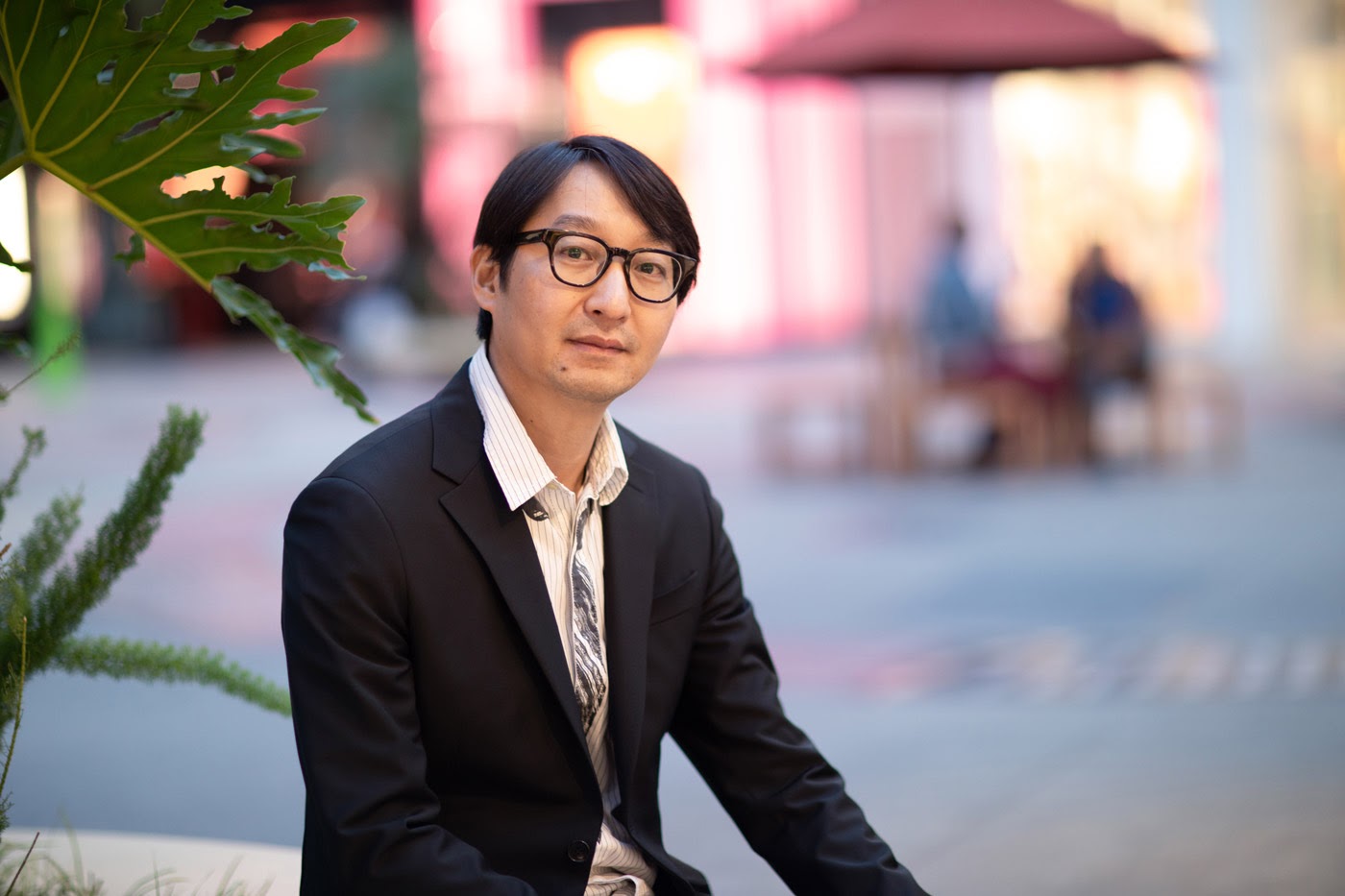
And then there was Lee Smith, editor of 1917, who had to craft a film that looked like a continuous take—but obviously wasn’t. That sort of invisible editing is what great director-editor teams strive for. It isn’t flashy. It never calls attention to itself. Rather, it draws the audience further into the story, allowing them to focus on the essentials and to fully feel the director’s intention.
The language of cinema
Most great editors and directors find inspiration in the work of the greats who came before them. Jinmo cites the films of 1970s and 1980s America as his greatest inspiration, especially the Walter Murch-Francis Ford Coppola collaboration.
If you haven’t read our previous article, Jinmo’s “bible” is The Conversations: Walter Murch and the Art of Editing Film by Michael Ondaatje. “Whenever I get stuck, I open that book,” he says. “I recommend it to every editor.”

It all comes down to this: there are more similarities than differences in the way the American and Korean New Wave filmmakers have approached their work. As Bong has famously stated, “We use only one language—the language of cinema.”
With Parasite poised to make Oscar history, it’s not difficult to imagine American filmmakers being similarly inspired by Jinmo and Bong’s masterful collaboration—or that films from all over the world will at last have a clear path to our American audiences and awards institutions.
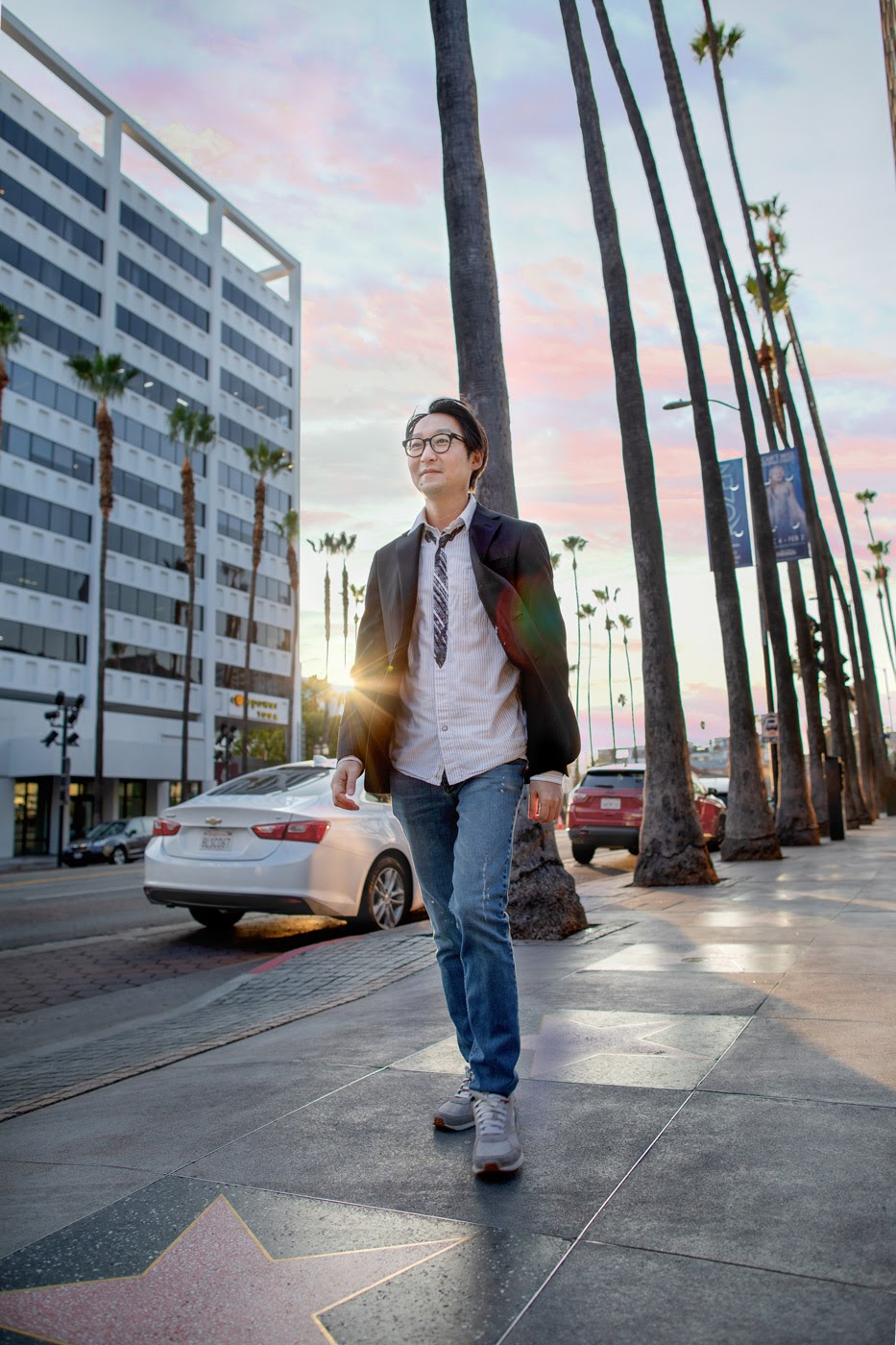
Original photography by Irina Logra.

